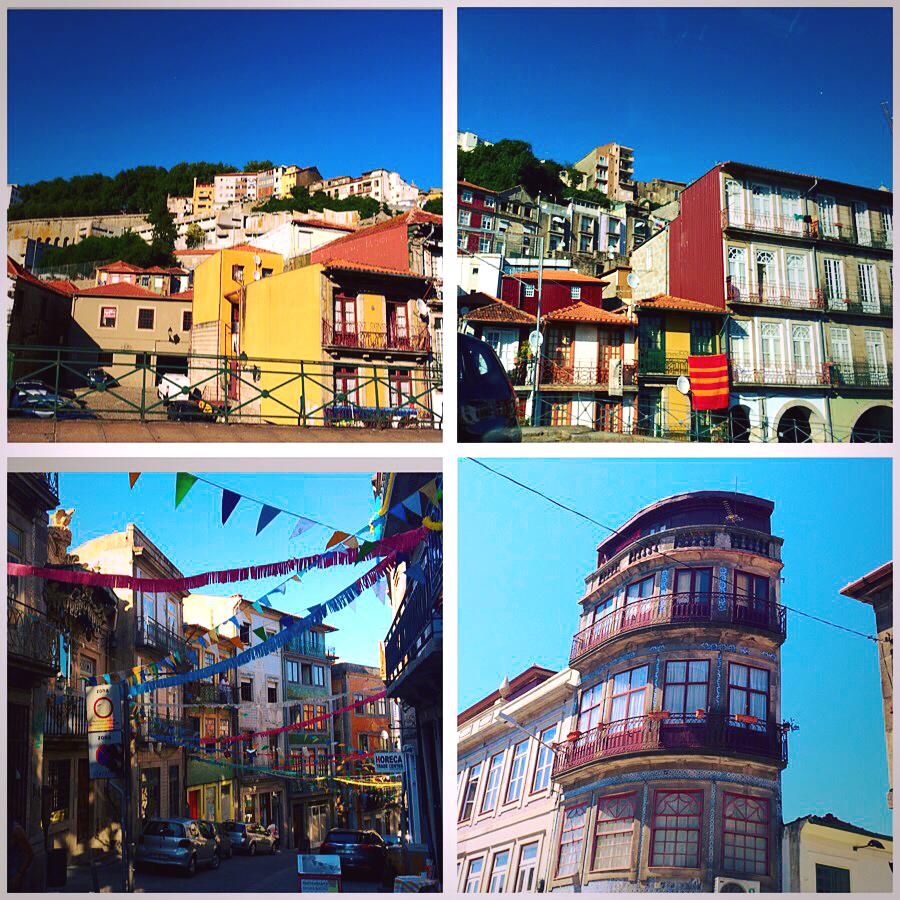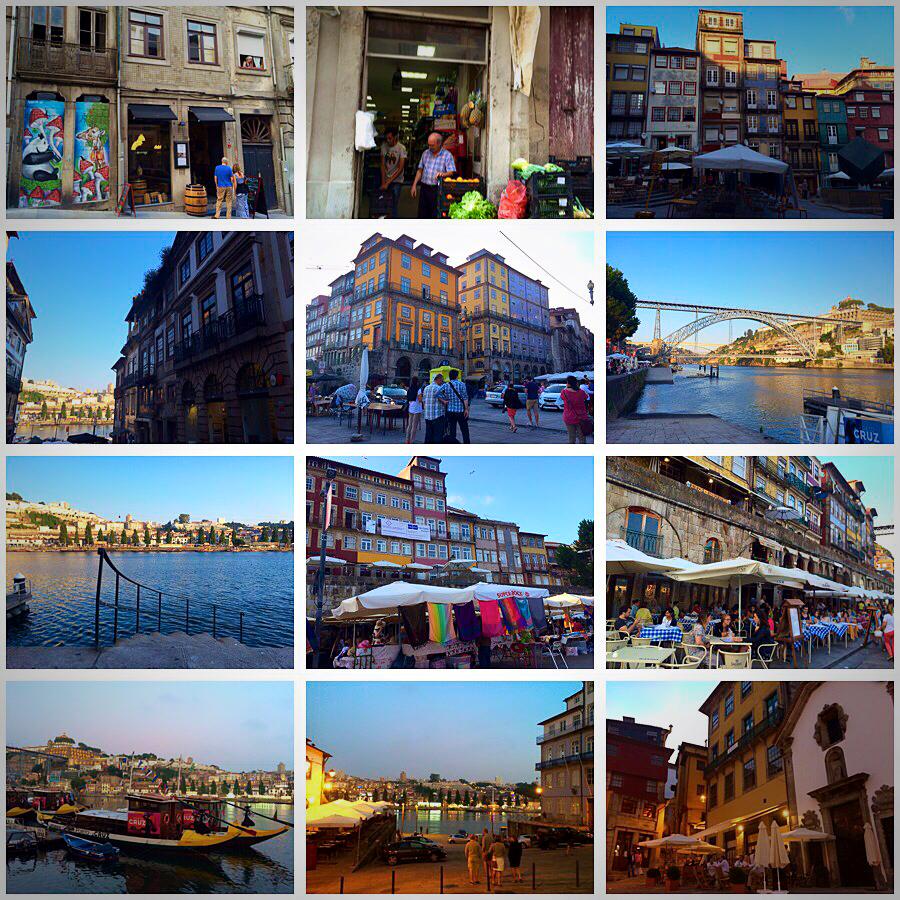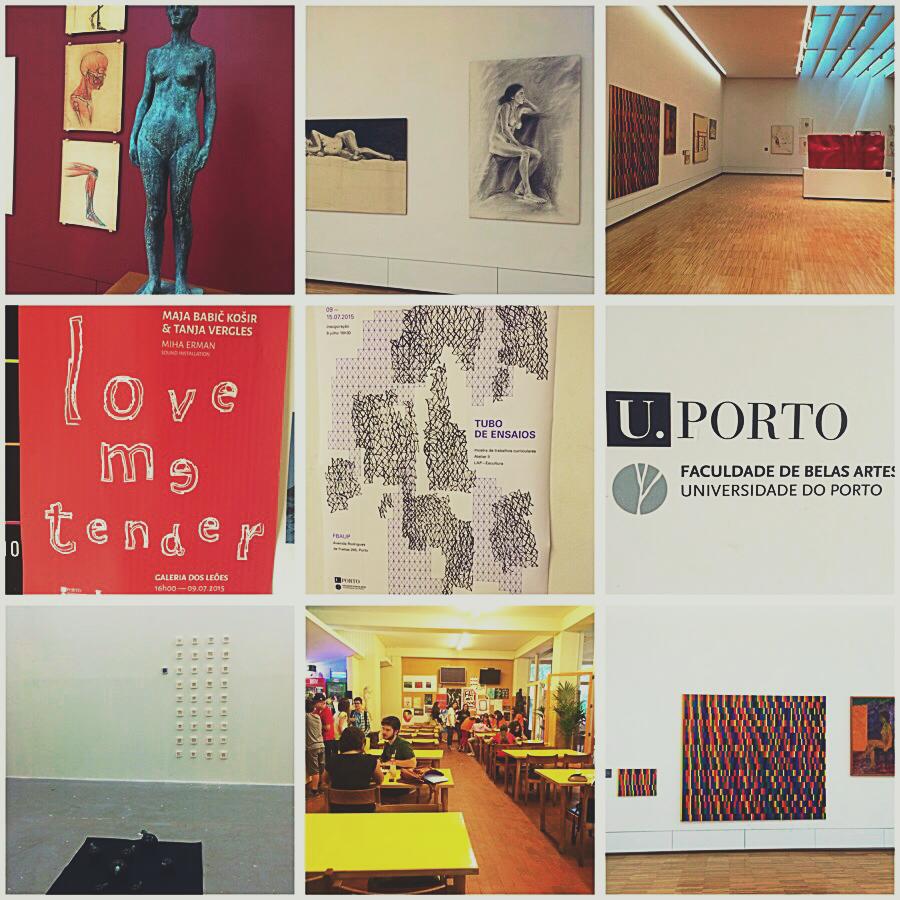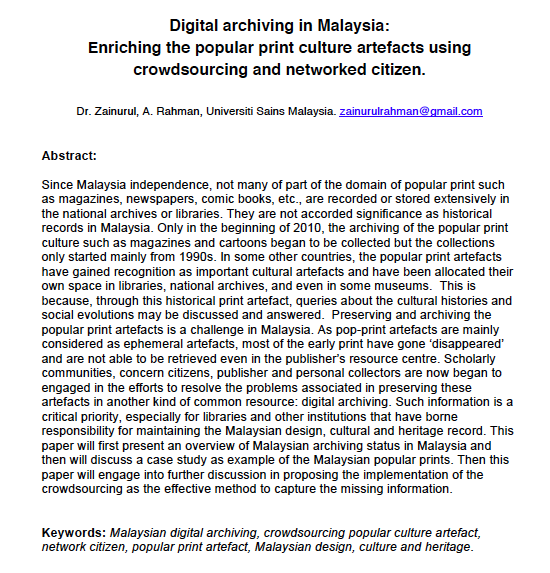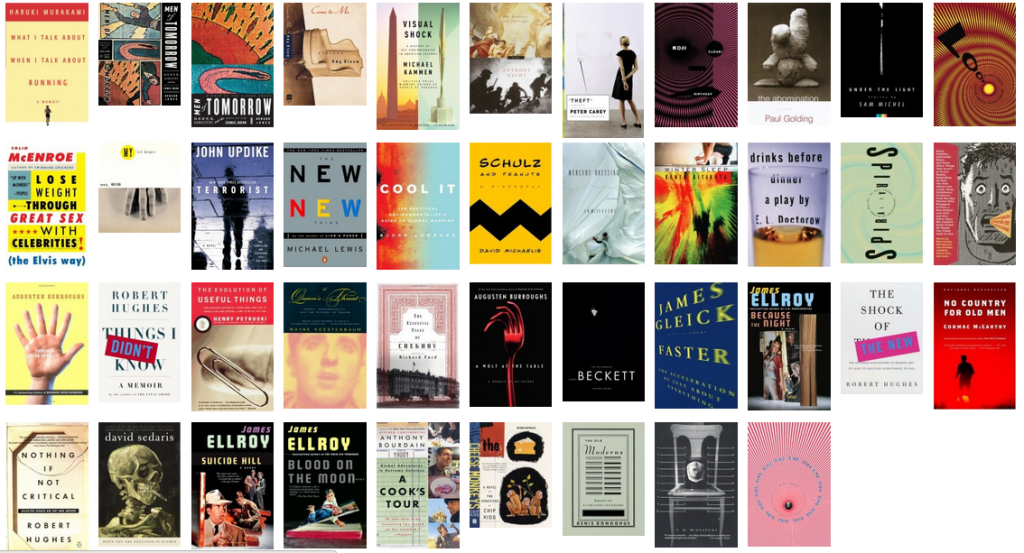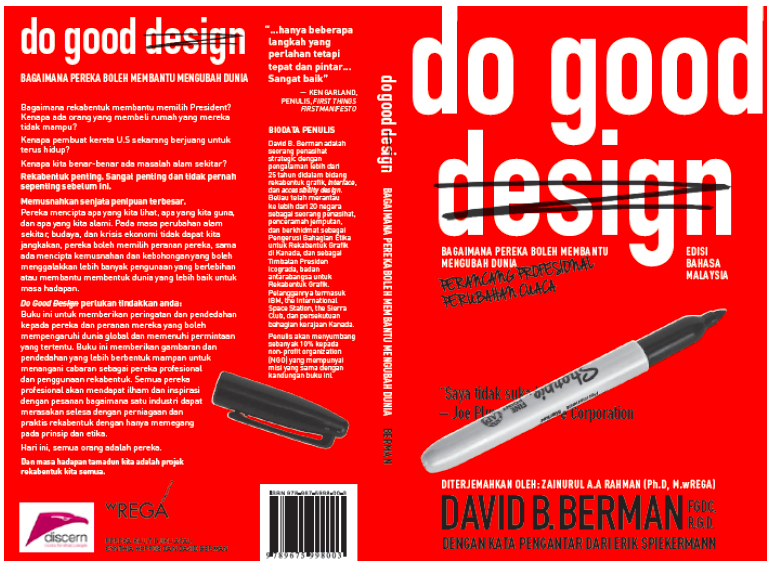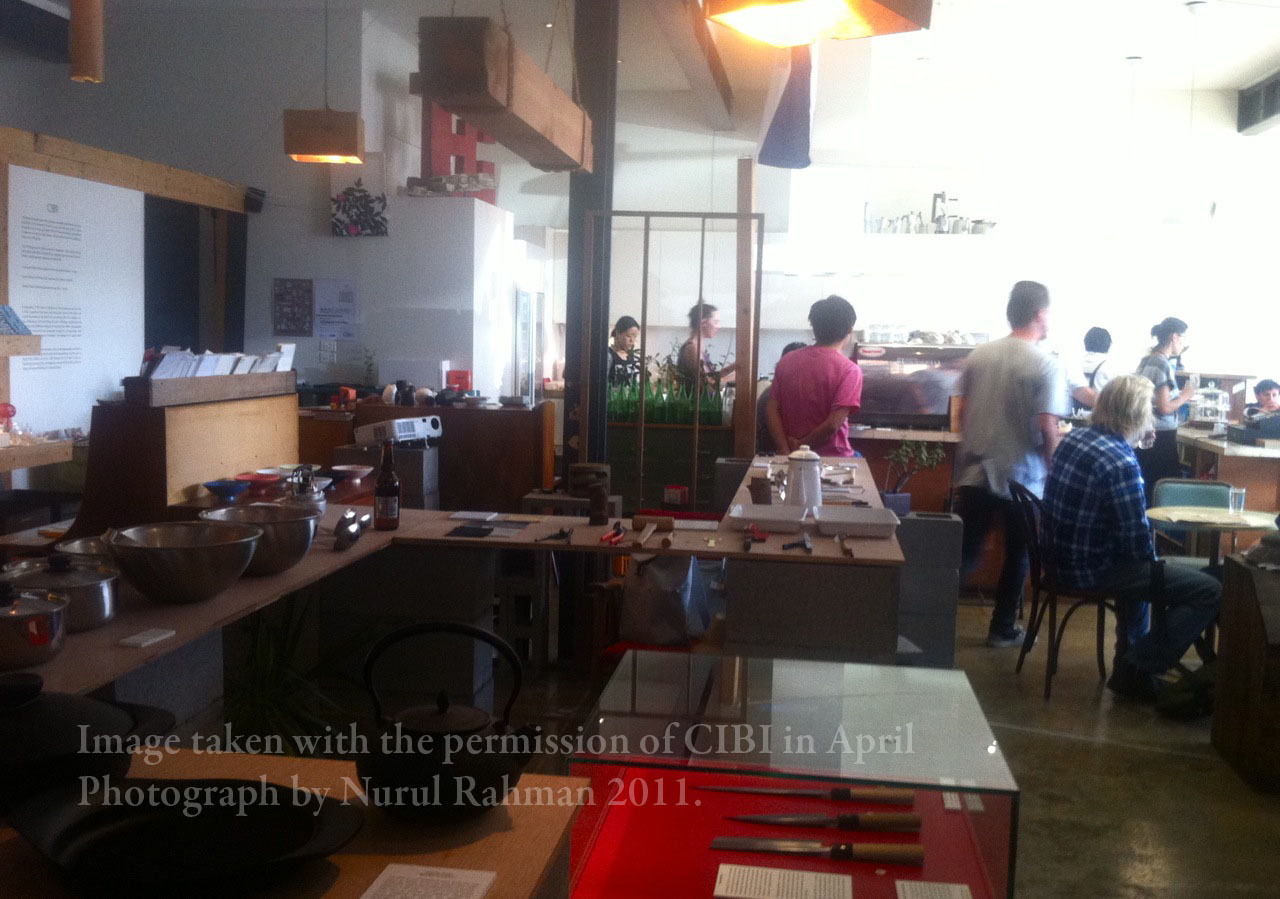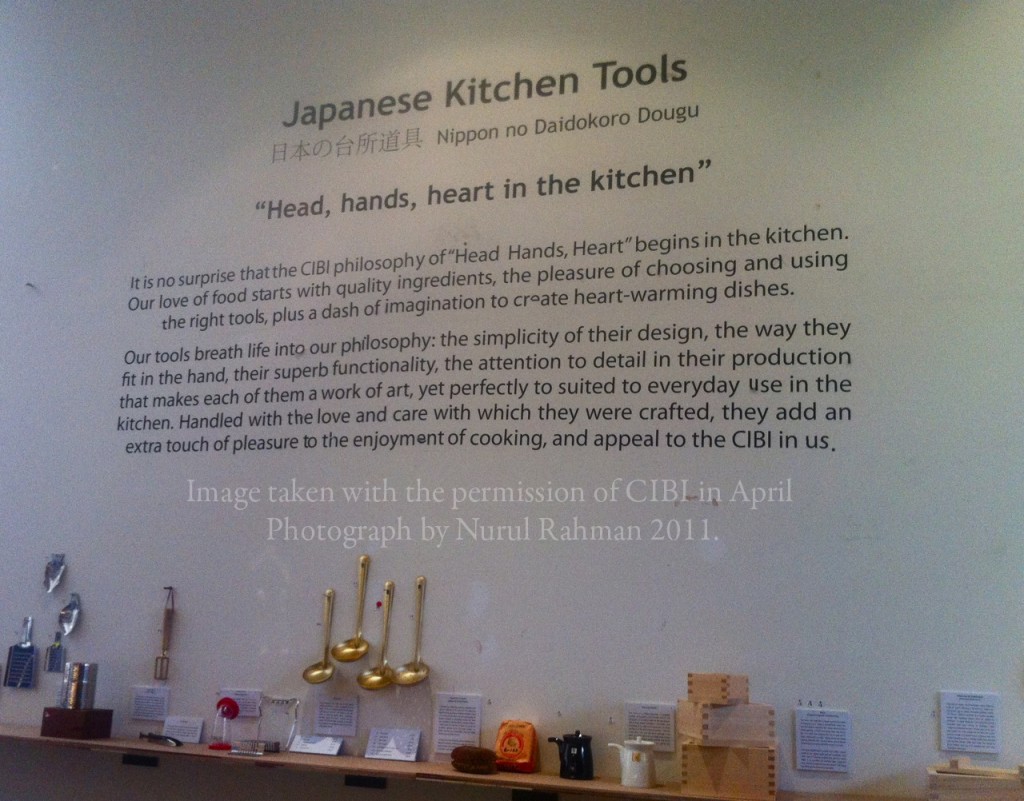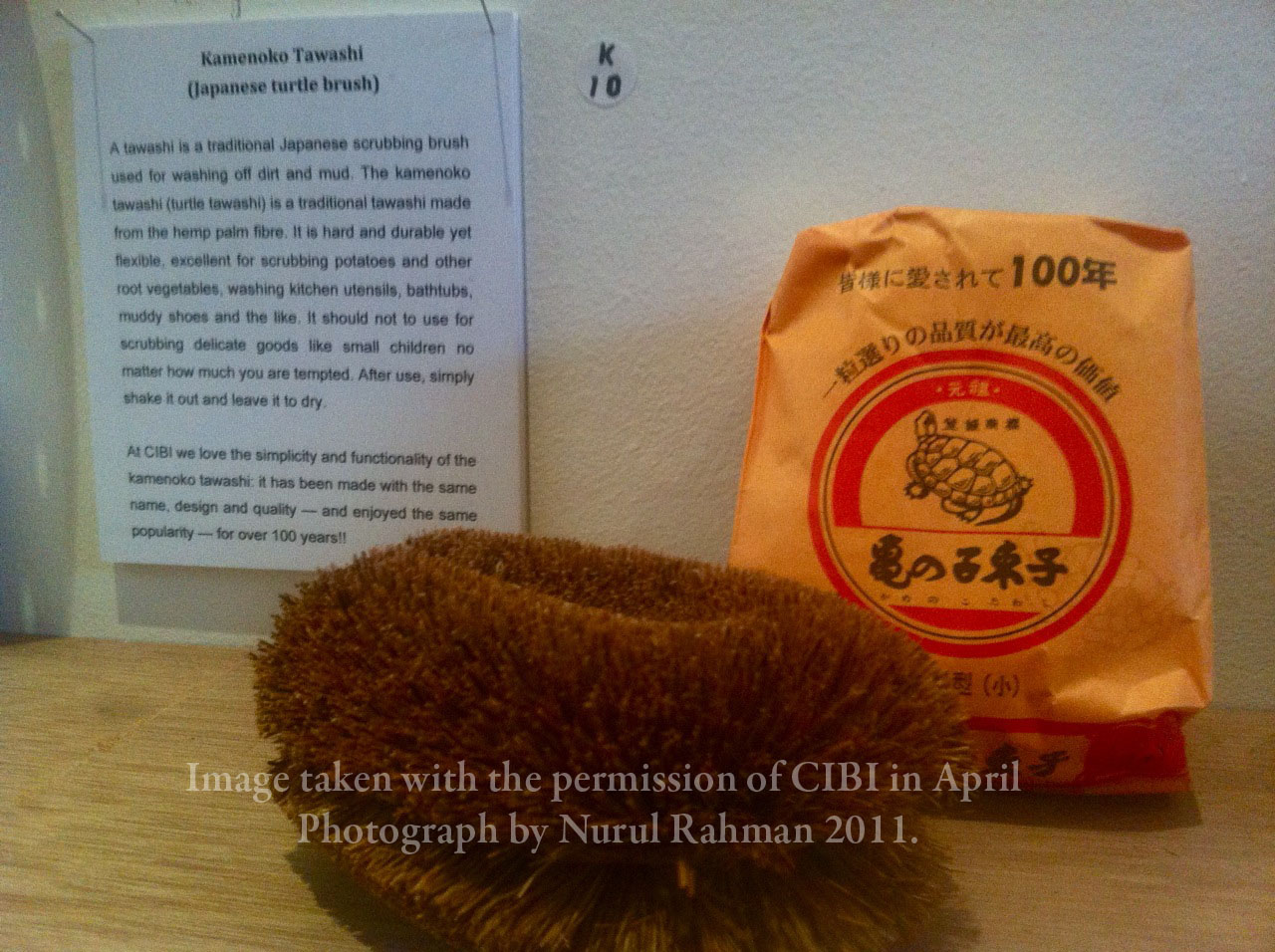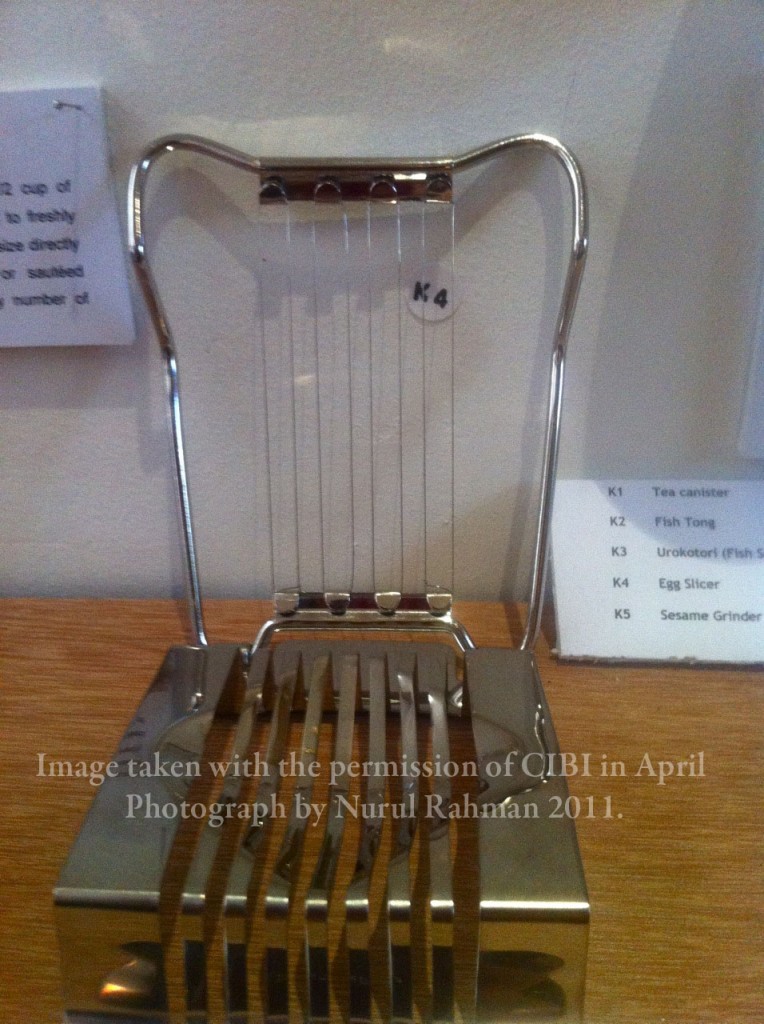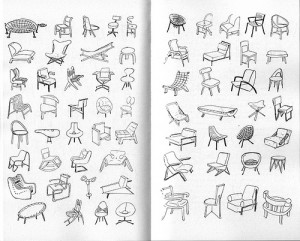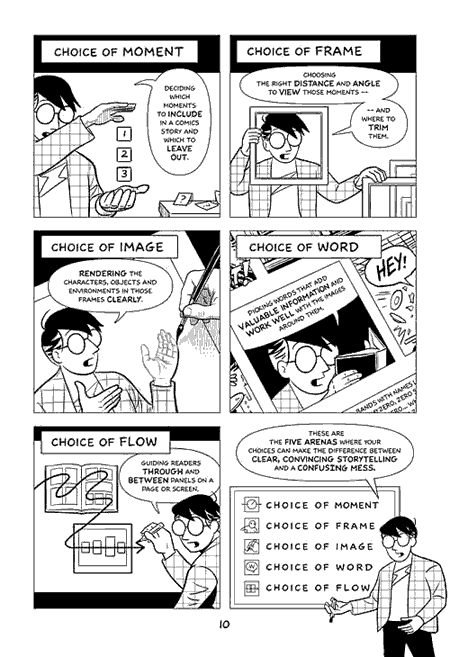
A PhD investigation on comm. design contribution on Malaysian Identity by Nurul Rahman is licensed under a Creative Commons Attribution-Noncommercial-No Derivative Works 2.5 Australia License.
Based on a work at www.nurulrahman.com.
As you can see I haven’t been writing much in this blog, I’ve been super busy trying to finish up writing up my PhD. But this blog is here and still very useful for me to reflect back my work and throw out some ideas. Many ideas from this blog have brought me long way in my research and some are just left behind as I did not have time to make it happen. Hopefully in future this blog will be much better use than now. I wish to continue some of ‘wish’ and hope it will come true one day.
Well, at this point as I mentioned I’m trying to finish up my writing. I’m in the middle of writing up 2 chapters, both are about medium, different medium that are used in communication design. Or it could also be defining the role of communication design in my research. I assumed it’s both but I really need to be able to articulate my thoughts clearly.
Through this blog, I have meet many peoples that have similar interest, and shared different thoughts. Most of all I have received many supports to get this PhD done. It is not really about this PhD, I think it is mostly about the topic that everybody wishes to know what the conclusion would be. Identity..hmmm almost everybody interested in it and Malaysian are not left behind. It’s been 51 years now that Malaysia managed to survive and stand alone. Thanks to all the Malaysian who makes this happen although some of them are not being thank or mentioned in many ways…
I went back to Malaysia to present a paper in a International Postgraduate Conference in Penang. This is not my first time presenting at a conference, but this is my first time presenting a paper in conference in Malaysia. It was an interesting experience. Why do I say that? Well, I found the conference is not really about sharing the knowledge, and value the research that been taken forward but it is more about showing off the research work and hoping to get some recognition from it. Some are more about the conclusion of the project rather than reflecting the whole research process. What a shame I said to myself as I knew some participant comes all this way to listen and share the space to gather knowledge about particular topic like myself. Yes I’m sounding like I’m ranting about it, I guess I’m just disappointed. Even worst when it comes to my paper presentation.
I presented a paper on a topic of my very first project in the beginning of my PhD. I was determined to know what others think about the notion of Malaysian Identity. I used an online forum as a research method to undertake this questions. In my paper presentation I did mentioned before I started discussion about the paper that my research is based on a practice based design research and it’s undertaken under a communication design projects. And I continued my presentation giving a brief explanation on practice based design research.
In my paper I discussed about “What is practice-based design research?” (Rahman:2008). It is a research methodology that utilizes the characteristics of design as a means for knowledge creation. Its involves a process of researching by, in and through design practices. Archer (1981) defines design research as “Design research is systematic inquiry whose goal is knowledge of, or in, the embodiment of configuration, composition, structure, purpose, value, and meaning in man-made things (artefacts) and systems.”
Then I continued the presentation more about my project, the contents, the methodologies, participants etc. Although 20 minutes will never be enough in explaining the whole project. Of course some are of the informations are left behind. But at the end of this presentation I received several interesting questions. Some are about the design research and some about the issues that relates to identity. I received very limited positive inputs of the paper in this conference. Others are more about their concern on identity issues. One just asked me ‘What will be your conclusion on this topic? What do you think is Malaysian Identity?
Hmmm…there I’m standing alone thinking how do I answered this questions. First I said that my research never intended to define what is Malaysian identity, but it is about understanding different methodologies that could be taken forward as a way to understand and hopefully to be able to show how identity have been presented and projected to others.
Second, I think identity is not something that can be defined or to be symbolised to something. There’s not correct representation of it and I don’t think it even could. Identity evolved and it accumulates not only one but many different values through culture, tradition, political, lifestyles, history, economical issues etc. Identity cannot just taken from something and project it to others without any historical, political or any other issues above attached to it. Identity is a constructed and it’s involved political reasons.
In Richard Robbins (1999) book called a book called Global Problems and the culture of Capitalism, he discussed a chapter on the construction of nation-state. He presented few examples on how the nation have been constructed and some convincing methodologies. Few authors such as Eugen Weber, Eric Hobshawn and Linda Coley are widely mentioned throughout one of the chapter.
Although there are many other scholar, many of them are nationalists from various persuasions argues that nation state are constructed based on the expressions of preexisting cultural, linguistic, religion, ethnics, or historical features shared by people who make up or who would make up the state, some general view that are more certain aiming scholars, is that nation-states are constructed through invention and social engineering.
But Eric Hobshwan suggested that tradition must be invented. People must be convinced that they share or must be forced to share certain features, such as language, religion, ethnic group membership, or a common historical heritage, regardless of whether they really do.
Then Linda Coley (1992) discussed and showed illustrated examples through painting how the national identities is constructed through critical understanding of nationalism and ethnicity. Her case studies are based on the Great Britain and she discussed her case through Britons. She showed examples and focussed on the issues of ethnicity and religions as the main ways to construct the nation in Great Britain.
“Thus, one of the most effective ways to construct a nation is to create some Other against whom members of the nation-state can distinguish themselves. That Other needn’t be a country; it may be a category of persons constructed out of largely arbitrary criteria, such as racial characteristics or religion. Thus, a group may insist that only people of a particular skin colour or religion or who speak a particular language can be a members of their nation.” (Robbins:2008:116)
Eugen Weber (1976) discussed on the Frenchmen and the nationalism in France. He discussions focusses based on the language, bureaucracy and education system in France and how this contributes in constructing the nation. He claimed that national unity in France was also the evidenced by the growth of patriotism. Even though it is not a obvious as much as American nation building, French have much more subtle ways of provoking and constructing their nation. This is not to say as Weber pointed out, that the French were unpatriotic, only that they had no uniform conceptions of patriotism. As he said “patriotic feelings on the national level, far from instinctive, had to be learned”.
